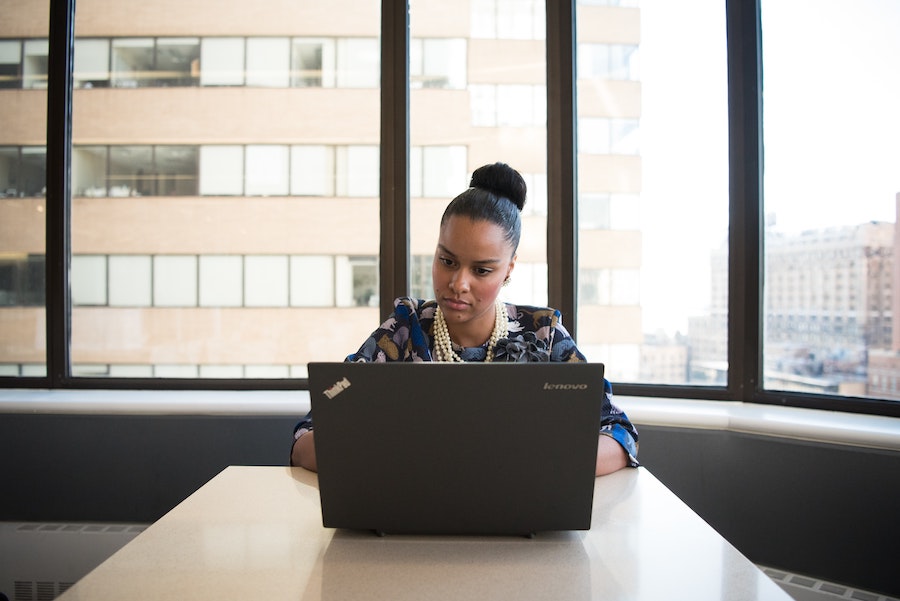The context
Welcome to part 3 of our series! To recap, the intent of this topic is to outline the considerations for businesses assessing their IT spending. Rather than asking about specific costs, we will focus more on a series of questions such as “How should I think about my IT budgeting?”, “What level of cybersecurity investment should I pursue?”, “How do managed service providers price their services?”, and “What are the items I have not yet considered?”. Let’s dive in!
The caveat
Each business has unique needs. Below we outline some pricing options that can and have been used. It’s important to ensure that your provider is able to cater their pricing to your specific needs.
Some common managed IT Services pricing plans
Here are three examples of common managed IT services pricing plans:
- Per-device pricing: With this pricing model, the MSP charges a fixed monthly fee for each device that it manages, such as desktops, laptops, and mobile devices. This pricing plan is ideal for businesses that want to pay for IT support based on the number of devices they have.
- Per-user pricing: This pricing model charges a fixed monthly fee for each user that requires IT support. This plan is suitable for businesses with multiple devices per user, as it covers support for all devices used by a single user, including desktops, laptops, tablets, and smartphones.
- Tiered pricing: This pricing model offers different levels of service and support based on the needs of the business. For example, a basic tier may include help desk support and basic maintenance, while a premium tier may offer more advanced security features and strategic IT planning. This model allows businesses to choose the level of service that best suits their needs and budget.
Each pricing plan has its own advantages and disadvantages, and businesses should choose the plan that best meets their specific IT support needs and budget. It’s important to work with a reputable MSP that offers transparent pricing and can customize its services to meet your unique business requirements. At EC Managed IT, we use a blend of these three to ensure that your environment and operational needs are accurately captured and appropriately supported.
The Value: How much should I spend on a Managed IT Services provider?
The amount that a company should spend on a managed services provider (MSP) can vary depending on several factors, including the size and complexity of the business’s IT infrastructure, the scope of services required, and the level of expertise needed. A general rule of thumb is that businesses can expect to spend anywhere from 3% to 6% of their annual revenue on IT expenses, including managed services. However, this is just a general guideline.
If your company is small to medium-sized, with a relatively simple IT infrastructure, you may be able to work with an MSP on a limited engagement or project basis, rather than committing to a long-term contract or retainer. This can help you save on costs while still accessing the expertise and resources of an MSP. However, it does not provide the same level of partnership and proactive planning that a more robust engagement would.
Another option for smaller companies is to work with a local MSP that can provide personalized attention and customized services. These providers may be more cost-effective than larger, national MSPs and may be able to provide tailored solutions that better meet your business needs.
Ultimately, the amount that you should spend on an MSP will depend on your specific business requirements and budget. It’s important to work with a provider that understands your business and can provide a customized solution that meets your needs within a reasonable budget.
Average CAD cost of Managed Services and breakdown
As already mentioned, the cost of managed services in Canada can vary widely depending on several factors. However, as a rough estimate, the average cost ranges from CAD $100 to CAD $250 per user per month.
This cost typically includes a range of services, such as:
- Remote monitoring and management of IT systems
- Helpdesk and technical support services
- Cybersecurity services, such as threat monitoring and response
- Security Awareness Training
- Backup and disaster recovery services
- Software updates and patch management
- Strategic IT planning and consultation
- Overall IT infrastructure Reporting
It’s important to note that this cost can vary widely depending on the specific needs and requirements of the business. Some businesses may require more extensive services, such as compliance or regulatory support, which can increase the cost of managed services. Additionally, businesses in remote or underserved areas may face higher costs due to limited availability of providers.
When evaluating managed services providers, it’s important to carefully review the services included in the pricing and compare them to your specific business needs. Providers may offer different pricing models, such as per-user or per-device pricing, so it’s important to understand the pricing structure and how it aligns with your budget.
Overall, the cost of managed services in Canada can vary widely, but the benefits of partnering with a reliable and experienced managed IT services provider can help businesses achieve greater efficiency, productivity, and security while controlling costs and minimizing downtime.
What more might I get by spending toward the top of that range?
If you’re spending towards the $250 per user per month on managed IT services, you can expect to receive additional benefits and services beyond what you would get at the $150 per user level. Here are some examples of what you might expect
This may include enhanced service level agreements (SLAs) that provide faster response times and guaranteed uptime for critical IT systems. It may focus more on cloud services to reduce your on-premise infrastructure costs and improve your ability to scale your IT resource. Consulting via virtual CIO services to help you develop a strategic IT roadmap that aligns with your business goals and helps with business continuity planning (to prepare for and recover from disasters). This can include developing and testing business continuity plans, as well as providing training and support to your employees. One other area may be advanced reporting and analytics services to give you deeper insights into the health and performance of your IT infrastructure.
Higher-level investment in managed services can provide receive additional benefits and services that help you maximize the value of your IT investments and achieve your business goals. Your MSP should work closely with you to understand your unique needs and requirements and provide personalized services that meet your specific needs.
The Takeaway
Overall, by investing in managed IT services, you can receive personalized services that meet your specific needs and help you maximize the value of your IT investments. Your MSP should work closely with you to understand your unique needs and requirements and provide services that align with your business goals.
At EC Managed IT, we are passionate about getting to know our clients so that we can best support them. When we get to know what you are passionate about, our partnership can blossom and we can truly drive growth together. Contact us to get started!




